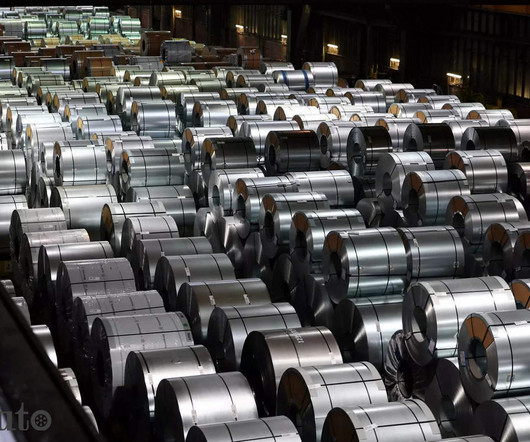Process for Hydrogen Production from Sodium Sulfite Solutions Resulting from Capture of SO2 from Coal Flue Gas
Green Car Congress
JUNE 3, 2010
Alternatively, oxidation of an aqueous Na 2 SO 3 solution can be carried out for the production of high purity clean hydrogen fuel. Results from using the ultraviolet (UV) photolytic process for production of hydrogen from aqueous Na 2 SO 3 solutions showed that the quantum efficiency of hydrogen production can reach 14.4%
























Let's personalize your content